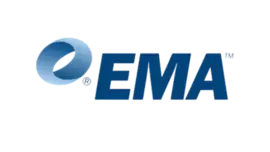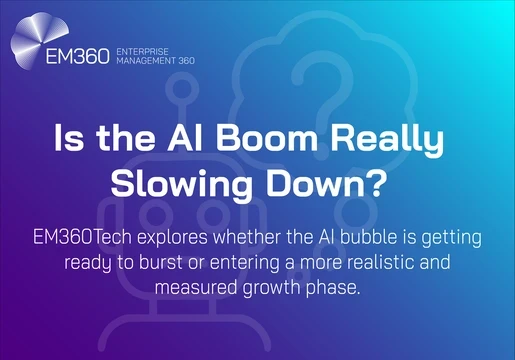In this episode, hosts Dan Twing and Tom O'Rourke discuss the complex relationship between change management and automation. They explore how these two control functions must work together despite their inherent tensions--automation requires stability to function reliably, while modern business environments demand frequent changes.
The conversation examines how automation teams navigate changes from multiple sources: application updates, infrastructure changes, automation tool updates, citizen developers, and external vendors.
The hosts emphasise the need for balanced governance that enables business agility while maintaining system integrity, noting that emerging technologies like AI will further complicate this balance while potentially offering future solutions.
Key Findings
- Change management and automation are both control functions designed to minimise risk, but they approach this goal differently
- The complexity of today's technical environments has increased faster than the tools to manage changes have improved
- Modern business processes often span multiple organizations and geographical locations, creating more complex change management scenarios
- Smaller changes that don't rise to the level of change committee review can still have significant impacts on automation systems
- The pool of people making changes to automation has expanded beyond dedicated automation teams to include various IT roles and citizen developers
- External changes from cloud providers and SaaS vendors can impact internal systems without advance notice
- Automation systems themselves require change management as they receive updates and patches
Recommendations
- Develop a Change Classification Framework - Create a system to categorise different types of changes (application updates, infrastructure changes, tool updates, etc.) and establish appropriate governance for each category.
- Implement Robust Monitoring Systems - Deploy monitoring solutions that can detect anomalies in automation performance to quickly identify impacts from unannounced changes.
- Establish Knowledge Sharing Protocols - Schedule regular knowledge transfer sessions between automation teams and citizen developers to educate on potential system-wide impacts of local changes.
- Define Clear Governance Boundaries - Document which types of changes require formal change management review versus those that can be implemented with lighter governance.
- Implement Version Control for Automation - Apply version control practices to automation definitions to track changes and enable rollbacks when necessary.
- Create Reusable Automation Components - Develop standardized, reusable automation patterns that can be centrally managed but locally configured to reduce the proliferation of unique automations.
- Review Vendor Change Notifications - Establish a process to proactively review and assess change notifications from external vendors and cloud providers.
- Maintain Testing Environments - Set up sandbox environments where even small changes can be tested before being deployed to production systems.
- Conduct Regular Governance Reviews - Schedule periodic evaluations of your change management practices to ensure they remain effective as automation capabilities expand to more teams.
Questions and Comments
[EAE Podcast Home](https://em360tech.com/podcast-series/enterprise-automation-excellence) Contact Us: mailto: eaepodcast@emausa.com









Comments ( 0 )